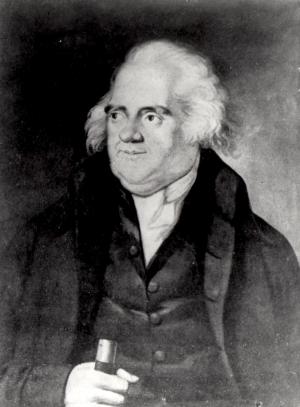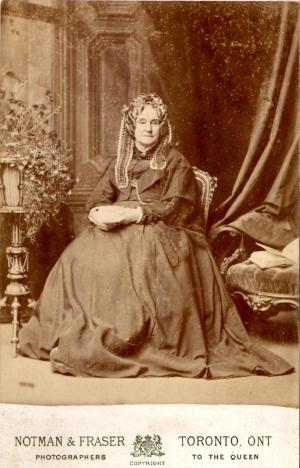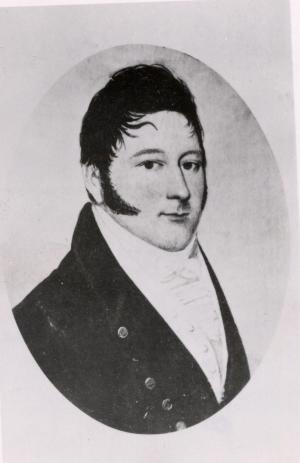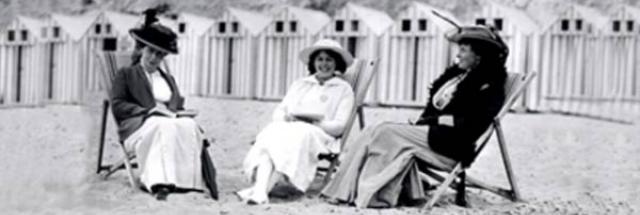History
Everything for the cause
There is something very Irish about my Irish ancestors. It is said that an Irishman once asked, ‘Is this a private fight or may anyone join in?’ Brigadier Ted Bredin, married to my mother’s first cousin, Desiree, wrote a massive book, The History of the Irish Soldier, which would certainly give credence to such a remark. Ted asked for and got the approval of four living Irish field marshals in the British Army for the book which is dedicated to ‘all Irish soldiers who fought the good fight for the justice of their particular cause’. It is the remarkable story of the Irish soldier in all his guises throughout the ages – not only in the defence of his own country but the distinguished part he played in the service of the British Crown as in the armies of France and Spain, while providing field marshals and generals for the Imperial Austrian and Russian armies. In the New World he was seen as a potent force on both sides of the American Civil War.
My great, great, great uncle, Col. Joseph Willcocks, is not in the book. Was it because Ted did not know of him or because his actions were, to use an Irish expression, beyond the pale? Perhaps his was a cause too far. (For more click on The traitor and the knight)
Canadian political inspiration
 The Willcocks side of my family, from Chapelizod, though distant, is the most interesting to me because at times it intersects with national events in both Ireland and Canada. It is also the best documented, both in papers we have in our possession and in numerous books and archives. My grandmother was a Willcocks.
The Willcocks side of my family, from Chapelizod, though distant, is the most interesting to me because at times it intersects with national events in both Ireland and Canada. It is also the best documented, both in papers we have in our possession and in numerous books and archives. My grandmother was a Willcocks.
Take my cousin William Willcocks, uncle of Joseph mentioned above, who was a merchant in Cork and emigrated to Canada in 1794. In 1792 he had visited the province briefly and then hurried back to Ireland for his year as Cork’s mayor and to organize a grandiose scheme to promote the settlement of the Canadian township of Whitby.
The 'It' girls
I have for years been keen to learn more about my family, whether close or distant relations, whether of good or ill repute. I find research of the Irish/Canadian side of the family the most productive area. I discovered two of my most interesting and probably scandalous women relatives in the nineteenth and twentieth century are described in The 'It' Girls, Elinor Glyn, Novelist, and Lucile, Couturière, written by Meredith Everington Smith and Jeremy Pilcher.
 These two sisters were my second cousins twice removed. Our shared direct ancestors are Sir Richard and Lady Willcocks, their Irish great grandparents who were my great, great, great grandparents.
These two sisters were my second cousins twice removed. Our shared direct ancestors are Sir Richard and Lady Willcocks, their Irish great grandparents who were my great, great, great grandparents.
The maternal side of their family, the Saunders, had originally owned substantial estates in Buckinghamshire but by 1833 the family had emigrated to Guelph, Ontario. 'What supported the Saunders through their early, almost unendurable years in Canada,' writes Smith and Pilcher, 'was the conviction that they were aristocratic and that this placed them in a position above their neighbours, at the same time demanding of them certain standards of behaviour, however difficult these might be for them to maintain.’
Grandmother Lucy Saunders, daughter of Sir Richard and Lady Willcocks, was 'the stuff of which pioneering women were made. She had lived through troubles in Ireland when very young and – even though she slept on a straw bed, made her own candles and soap, and wore cast-off clothes – she never forgot her gentility. Her greatest grief was when her last pair of silk stockings went into holes. Appearances were everything.’
The traitor and the knight
 The most interesting of our Willcocks ancestors are possibly two brothers, one, Richard, who became Deputy Inspector General of the Royal Irish Constabulary and was knighted, and the other Joseph, who emigrated to Canada and deserted to the Americans in the war of 1812 and, if he had not been killed at the battle of Fort Erie would, according to a family historian, have been hanged. The one has been called the founder of modern policing, the other Canada’s Benedict Arnold, the worst traitor in Canadian history and the man who bears the greatest responsibility for the burning of Washington in 1814.
The most interesting of our Willcocks ancestors are possibly two brothers, one, Richard, who became Deputy Inspector General of the Royal Irish Constabulary and was knighted, and the other Joseph, who emigrated to Canada and deserted to the Americans in the war of 1812 and, if he had not been killed at the battle of Fort Erie would, according to a family historian, have been hanged. The one has been called the founder of modern policing, the other Canada’s Benedict Arnold, the worst traitor in Canadian history and the man who bears the greatest responsibility for the burning of Washington in 1814.

